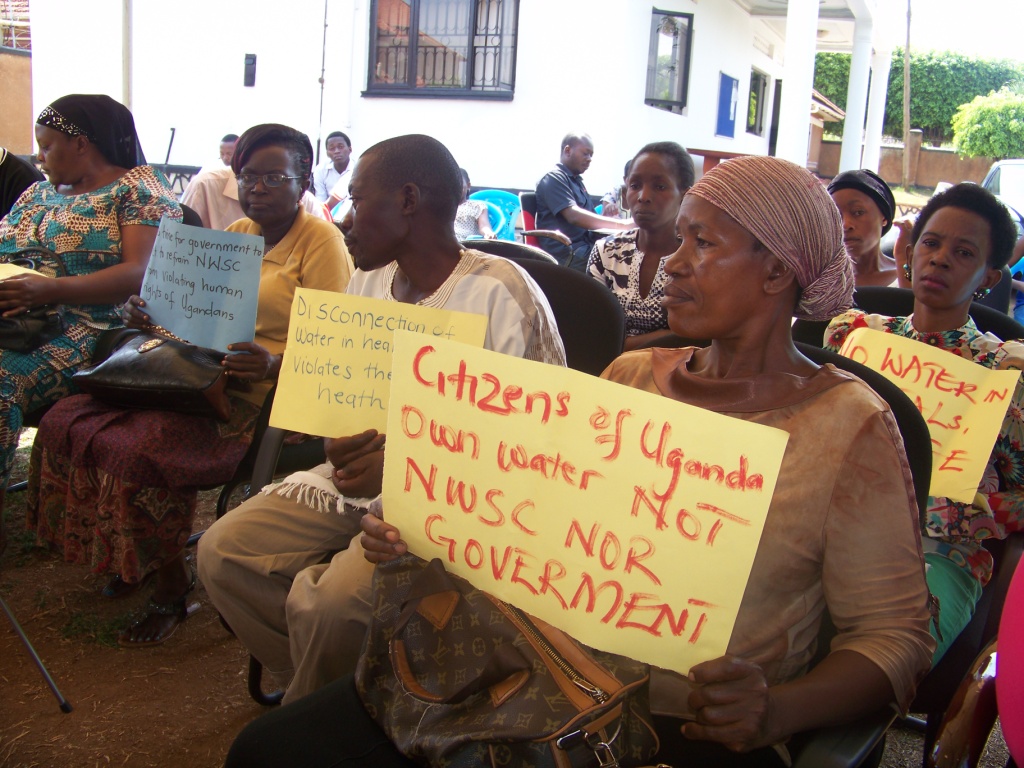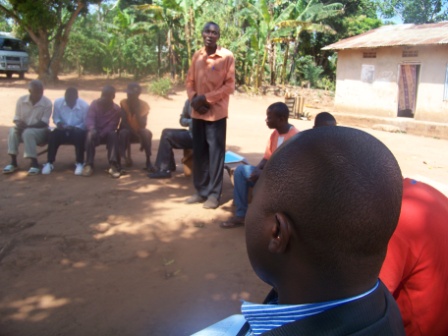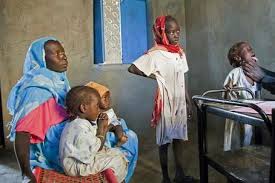20th February, 2015
Press release
For immediate release
Kampala –Uganda – The Center for Health, Human Rights and Development (CEHURD) has petitioned the Uganda Human rights Commission to initiate an investigation of human rights violations that occur as result of disconnection of water supply to public health facilities by National Water and Sewerage Corporation (NWSC).
CEHURD in addition has appealed to the minister of water and Environment to invoke his powers as provided for under the Water Act to ISSUE an URGENT directive to prohibit water disconnection in public health institutions.
In the recent past, there have been frequent news reports of Mulago National referral Hospital being disconnected from water supply, Kiboga Hospital, Kawolo District hospital and most recently Bududa Hospital (See Newvision, Thursday 19th February, 2015 at Page 35 – Water Crisis Hits Bududa Hospital). The Lack of water in these health facilities has led to sanitation disease outbreaks including diarrhoea, dysentery to mention but a few.
“The right to water like other human rights creates a number of obligations on government and its agent’s m including obligations to protect respect and fulfill this human right.” Mr. Mulumba says. “The disconnection of water supply in public health institutions demonstrates the government’s failure to restrain third parties like NWSC from violating rights of its citizens of Uganda and thereby violating human rights such as rights to access water, right to health enshrined in Articles 8A, 45 and objectives XIV (b) and XX of the Constitution”, Moses Mulumba the Executive Director of CEHURD notes.
Relatedly Nyamiringa Health Centre II in Kiboga District is in dire state. “The maternity ward at this health facility cannot operate because of lack of water. Women keep trekking long distances in search for proper delivery services. Extra costs are incurred to transport expectant mothers to Hoima regional referral Hospital for the service” , Steven Maisho, HUMC Member, Nyamiringa.
In November 2002, the Committee on Economic, Social and Cultural Rights adopted General Comment No. 15 on the right to water. In its Article I.1, the committee notes that the human right to water is indispensable for leading a life in human dignity and a prerequisite for the realization of other human rights.
For more information contact info@cehurd.org, or call 0414 532283, 0702977730, 0702245536



